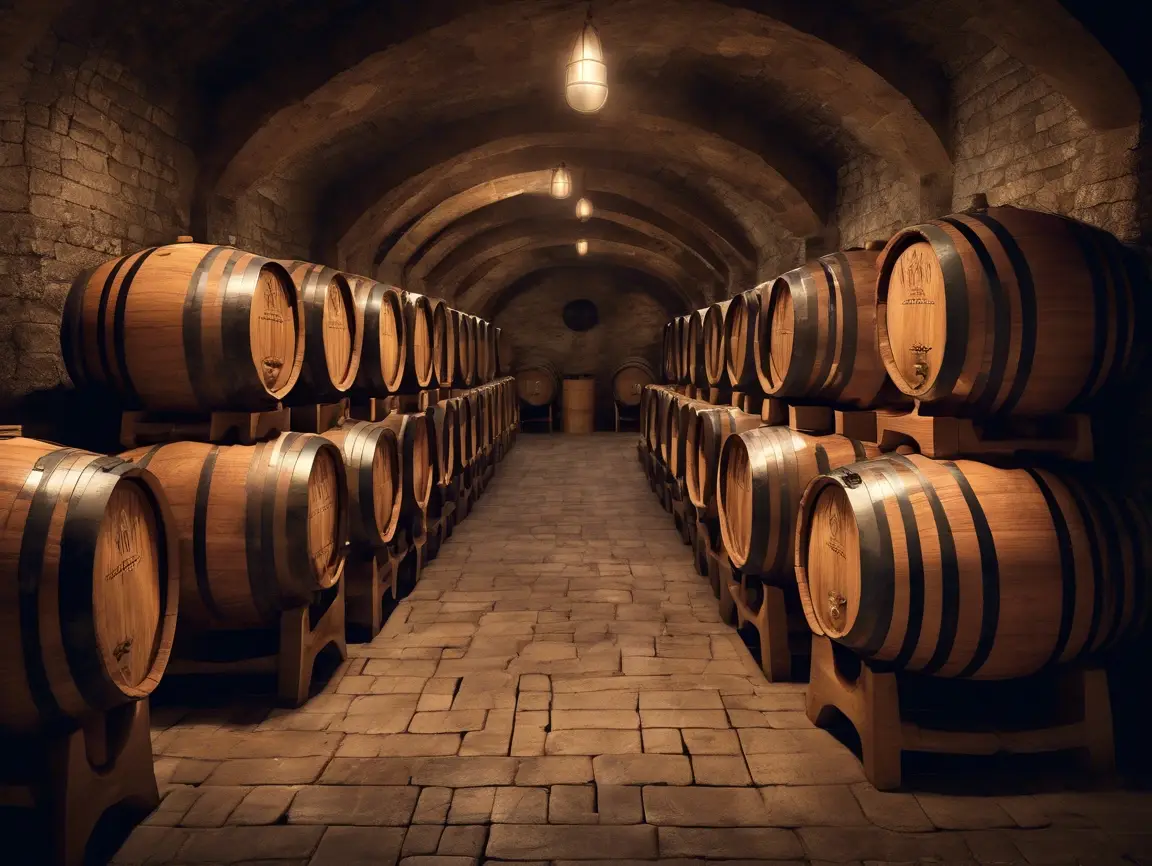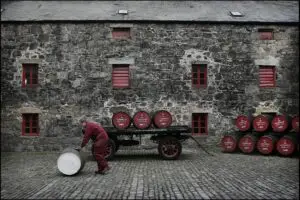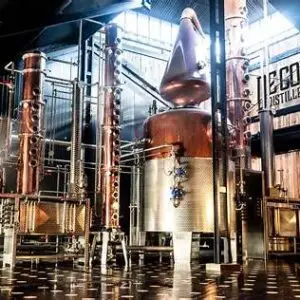In the quiet cellars of Cognac, France, where time hangs as thick as the scent of aging brandy, barrels breathe. Not just containers, these French oak casks are living vessels, transforming clear eau-de-vie into the golden elixir known as Cognac. But behind the elegance of this world-renowned spirit lies an unsung hero: the humble oak barrel — and the masterful hands that craft and manage it.
Unlike many spirits, Cognac owes as much of its identity to its aging process as it does to the grapes from which it is born. And it is the oak from France’s ancient forests — particularly those of Limousin and Tronçais — that plays a central role in defining its soul. These oaks, often over a century old before being felled, are chosen for their fine grain and tannin-rich wood, which impart subtle spice, vanilla, and structure to the spirit.
But here’s where the story gets truly fascinating: Cognac producers don’t just age their brandy in barrels — they collaborate intimately with coopers (barrel-makers) to tailor the wood’s character to their house style. The level of toast, the grain of the oak, and even the specific forest it comes from can affect how the spirit matures. For example, Limousin oak, known for its looser grain, allows more interaction between spirit and air, resulting in bolder, richer flavors. Tronçais oak, tighter-grained, brings elegance and subtlety.
Some Cognac houses even own or manage their own forests, selecting trees decades before the barrel will be used — a testament to the long-term vision and reverence for tradition that define this spirit. Others work with generations-old cooperages to craft barrels to precise specifications, ensuring consistency and character across centuries of production.
A lesser-known detail: new barrels are rarely used for long. Cognac is typically transferred from new oak to older casks after a few months or years, to avoid overpowering the spirit. These decisions are often made by the maître de chai (cellar master), whose job is part scientist, part artist, part historian — harmonizing spirit and wood with patience and precision.
The result? A spirit that tells the story of both the land and the hands that shaped it. Each sip of Cognac is a delicate balance of nature, tradition, and human expertise — a centuries-old dialogue between grape, oak, and time.
So the next time you enjoy a glass of Cognac, think not only of the vineyard, but of the forest — and the artistry hidden in every stave and barrel. Let it inspire you to explore the quiet craftsmanship behind one of the world’s most refined spirits.



